Flying Dreams: Japan's Koi Nobori Festival
Japan's Koi Nobori festival, where vibrant carp streamers adorn the skies, symbolizing hope, strength, and the celebration of childhood.
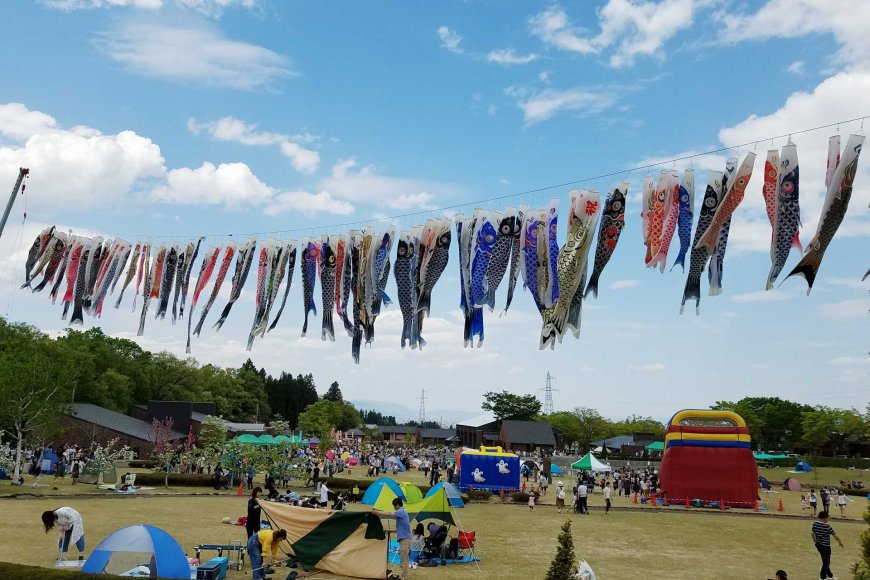
Japan's Spirited Celebration of Children's Day
In Japan, there is a festival that embodies the spirit of childhood and the aspirations of parents for their children's futures. This celebration, known as Koi Nobori (こいのぼり), is a vibrant expression of hope, strength, and tradition that takes place every year on May 5th as part of Children's Day, or Kodomo no Hi (こどもの日).
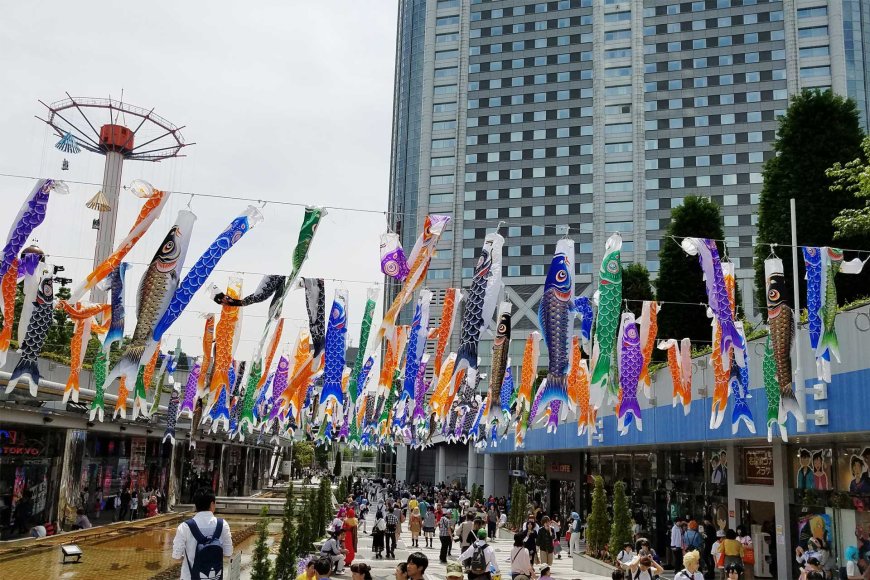
Origins and Tradition
Koi Nobori, which translates to "carp streamers" in English, has its roots deeply embedded in Japanese folklore and tradition. The festival traces its origins to ancient China, where the carp was revered for its strength and perseverance. According to legend, carp that swam upstream and leaped over the Dragon Gate waterfall would transform into dragons, symbolizing success and overcoming adversity.
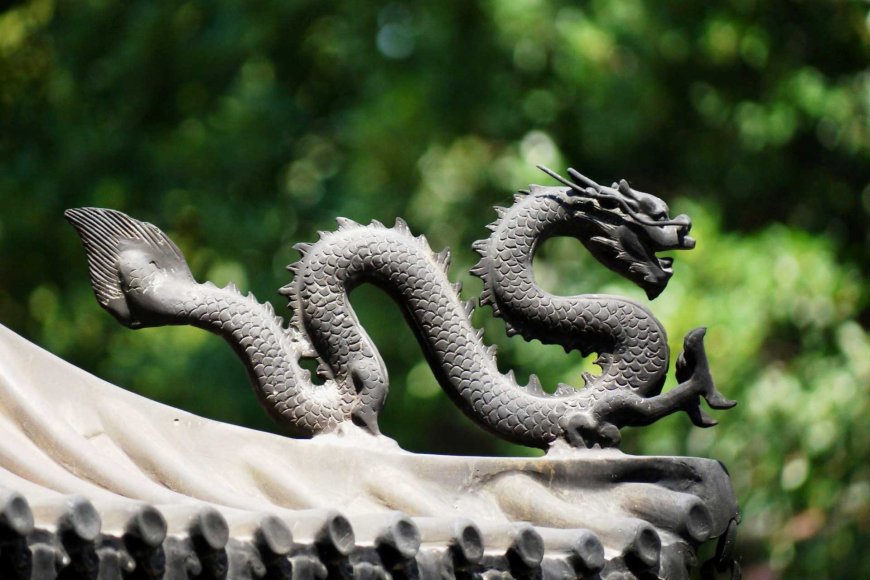
In Japan, this legend evolved into a celebration of Children's Day, where families honor their sons' growth and well-being. The carp, or koi, became a symbol of courage, determination, and the desire for children to overcome obstacles and achieve greatness in life.
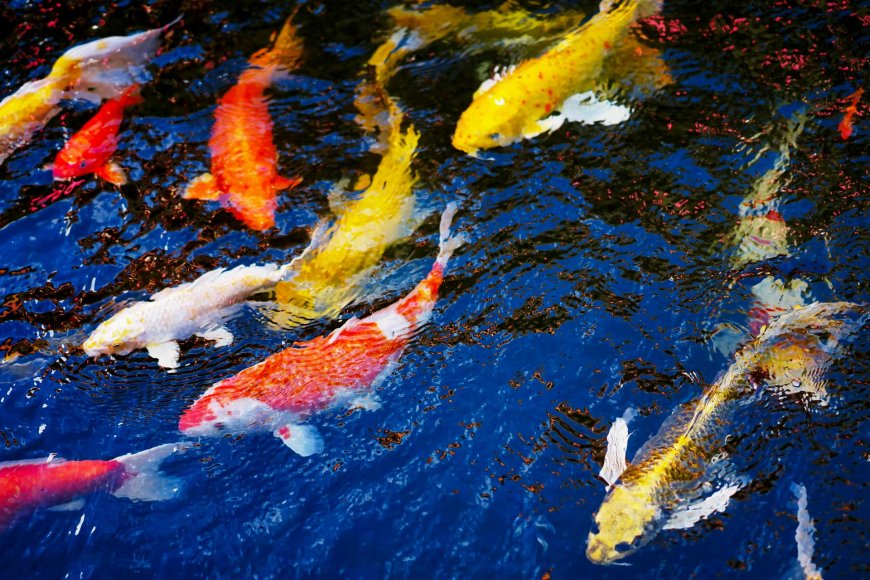
Symbolism of Koi Nobori
Central to the Koi Nobori festival are the colorful carp streamers that adorn the skies across Japan. These streamers, typically made of cloth or paper, come in various sizes, with each representing a different member of the family. The largest carp represents the father, followed by progressively smaller ones symbolizing the mother and children.
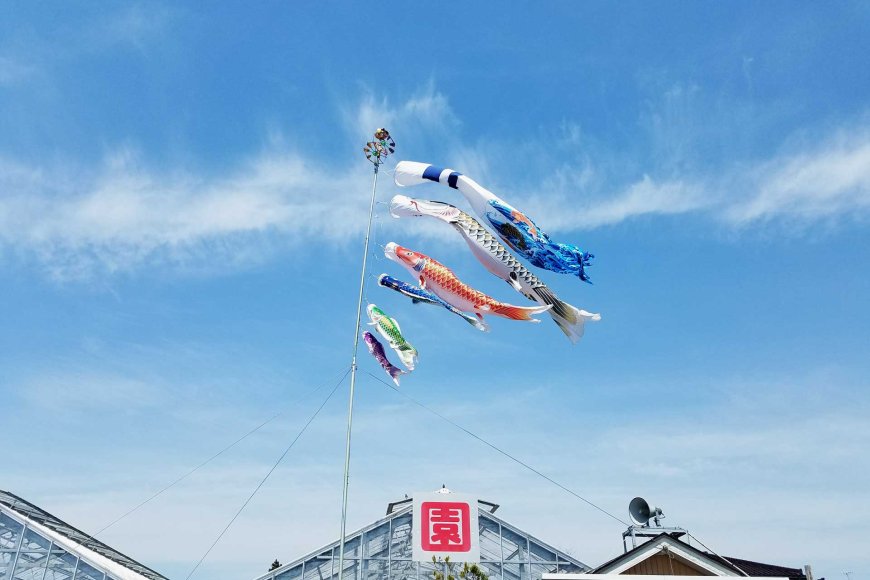
The sight of these majestic streamers fluttering in the wind is not only a visual spectacle but also carries profound symbolism. The carp, with its ability to swim upstream, represents the journey of life and the determination to surmount challenges. Just as the carp battles against the currents, parents aspire for their children to navigate life's obstacles with resilience and strength.
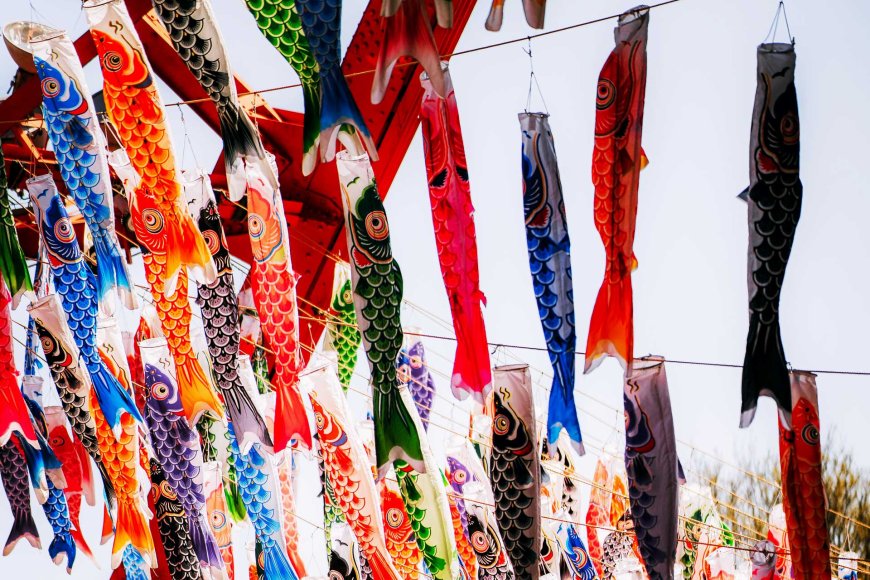
Celebrating Children's Day
Children's Day, or Kodomo no Hi, is a national holiday in Japan dedicated to celebrating the happiness and well-being of children. While the festival originally focused on boys, it has evolved into a day that honors all children, regardless of gender.
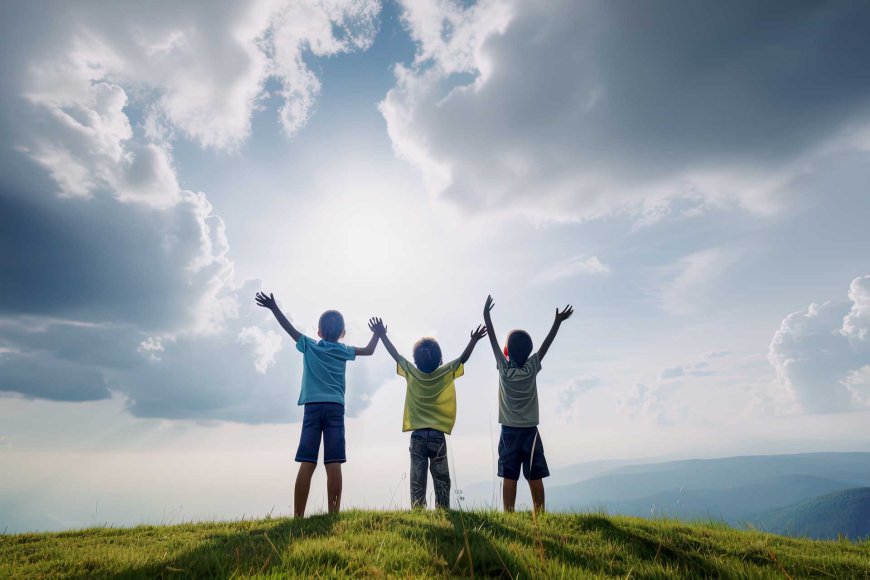
Families come together to partake in various activities and customs, from displaying Koi Nobori streamers to enjoying traditional foods such as mochi rice cakes and kashiwa-mochi, a sweet filled with red bean paste and wrapped in oak leaves. Homes are adorned with symbols of prosperity and good fortune, including samurai helmets and armor, dolls, and iris flowers.
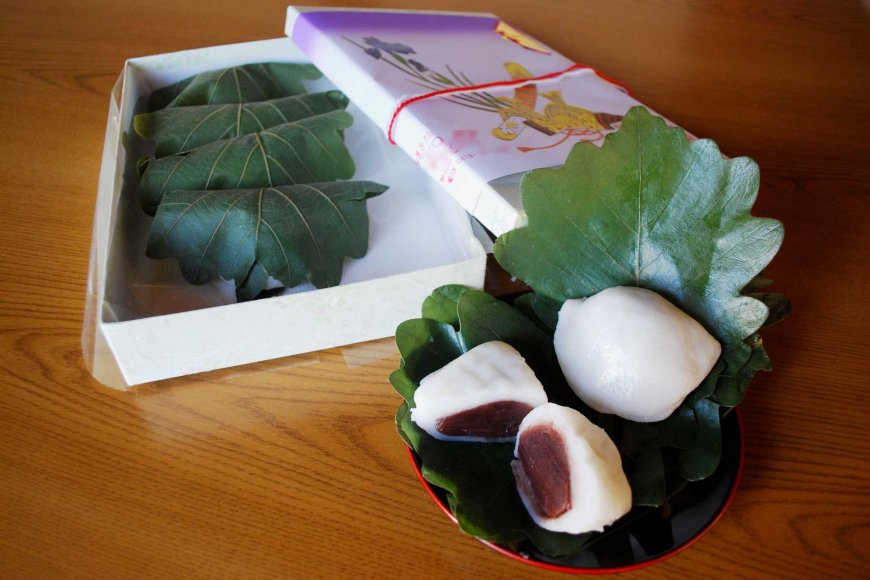 Credit:katorisi
Credit:katorisi
Modern Interpretations
In contemporary Japan, the observance of Koi Nobori and Children's Day continues to hold significance, albeit with some modern adaptations. While the tradition of flying carp streamers remains prevalent, there has been a resurgence of interest in traditional crafts and activities associated with the festival.
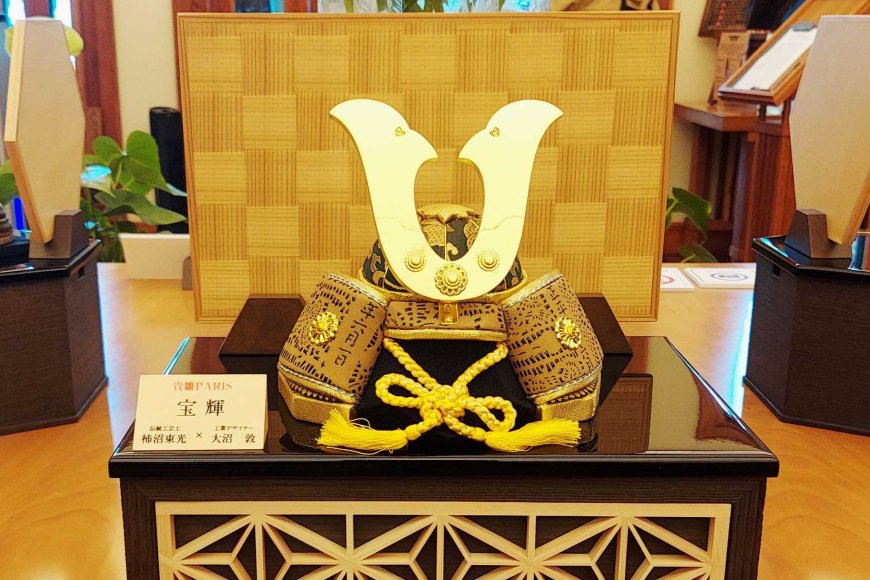
Schools and communities organize events and workshops where children can create their own Koi Nobori streamers, fostering creativity and a sense of cultural pride. Additionally, initiatives promoting children's rights and well-being have become integral to the observance of Children's Day, emphasizing the importance of nurturing the next generation.
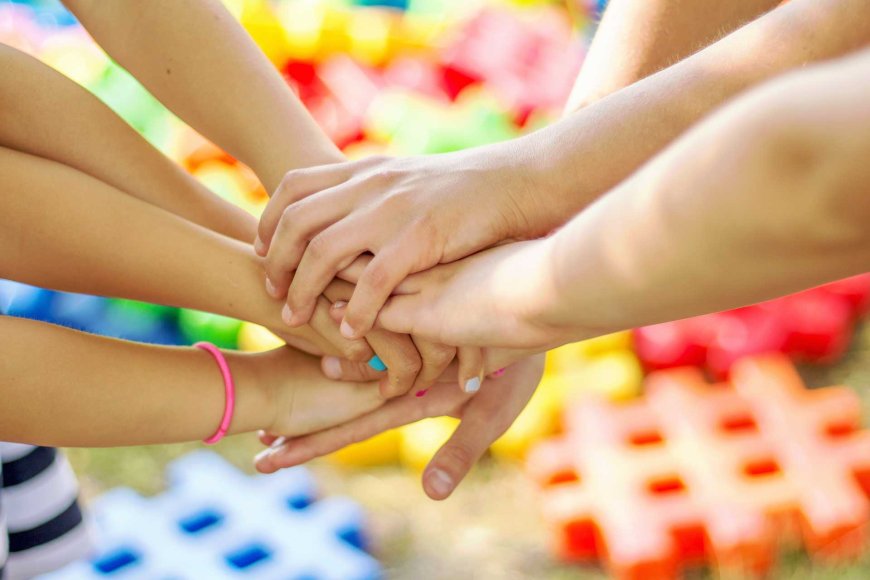
The vibrant festival of Koi Nobori is a celebration of childhood, familial bonds, and the pursuit of dreams. Through its colorful streamers and timeless traditions, Koi Nobori encapsulates the essence of hope, resilience, and the unwavering belief in the potential of the next generation. As we gaze upon the fluttering carp streamers dancing in the wind, let us be reminded of the enduring spirit of youth and the boundless possibilities that lie ahead.
Find Cheap Flight Tickets to any Destinations in Japan and the Philippines
Nipino.com is committed to providing you with accurate and genuine content. Let us know your opinion by clicking HERE.































































